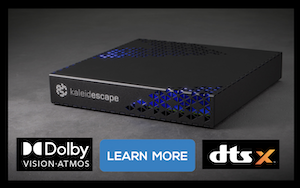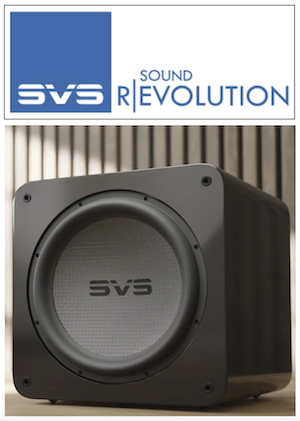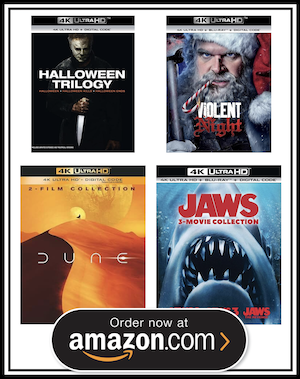Meet Sony’s MASTER Series of TVs and Its New A9F Flagship OLED TV
(Sony) The all-new flagship A9F OLED television(August 2, 2018) Step aside A1E, there’s a new sheriff in town!
Sony, at a major PR event recently held in New York City, has officially unveiled two new televisions that reign atop its newly minted MASTER Series of TVs. The MASTER Series, according to Sony, is designated for televisions with technologies that deliver a true studio-monitor experience to the home, allowing a creator’s visual intent to be viewed by enthusiasts just as it was seen in the production room.
At the core of the all-new A9F OLED, Sony’s new flagship TV, and the Z9F LCD is Sony’s top shelf Picture Processor X1 Ultimate, which debuted as a prototype at CES 2018. This particular processor is billed as being twice as powerful as the X1 Extreme found in last year’s flagship A1E OLED model, a television that many argued took better advantage of LG Display’s best OLED panel (yes, even better than LG Electronics’s top OLED model). The Picture Processor X1 Ultimate is designed to detect and analyze each object contained in an image, delivering better visible depth and texture accuracy for an incredibly realistic picture.
Both televisions also offer users a “Netflix Calibrated” viewing mode, developed in cooperation with Netflix to “faithfully reproduce visuals that help bring a story to life.” Additionally, MASTER Series TVs ship CalMAN ready, which streamlines the professional calibration process for the ultimate in studio-correct picture accuracy in just about any environment.
The A9F OLED follows suit with the A1E by creating sound using the television’s screen. Its all-new Acoustic Surface Audio+ technology (version two of last year’s Acoustic Surface Audio) adds an additional center channel actuator in the middle of the display, along with an extra subwoofer channel, delivering a native 3.2-channel sound experience. And for those home systems that utilize external left and right channels, the entire television’s speaker array can be used to create a true center-channel speaker.
Sony says the LCD-based Z9F offers viewers improved off-axis viewing performance, further eliminating detrimental color shifts and drops in black levels for viewers sitting off center. It features full-array LED backlighting, in addition to new image processing called “X-Motion Clarity” for fast moving image smoothing and X-tended Dynamic Range PRO for further improved contrast.
Adding to user-friendliness, the Z9F (much like the A9F) carries a built-in microphone for use with Google Assistant and simple voice activated commands.
According to Mike Fasulo, president and chief operating officer, Sony Electronics North America: "Sony's focus has always been on quality, and our new MASTER Series is a game changer. Netflix is redefining the way in which content is produced, and together we have created an offering that has never been done before. Our new line of TVs featuring Netflix Calibrated Mode truly optimize the entertainment experience and provide new viewing options for our customers."
The MASTER Series A9F OLED (55” and 65”) and Z9F LCD (65” and 75”) will be available across North America in the fall of 2018. Pricing has yet to be announced, but will likely cost a premium.













